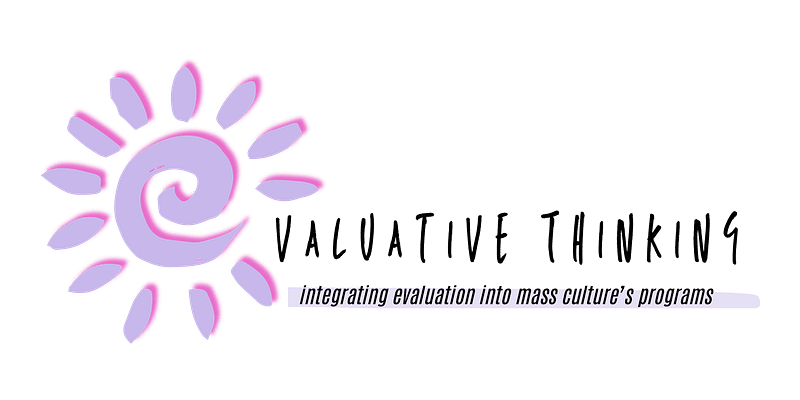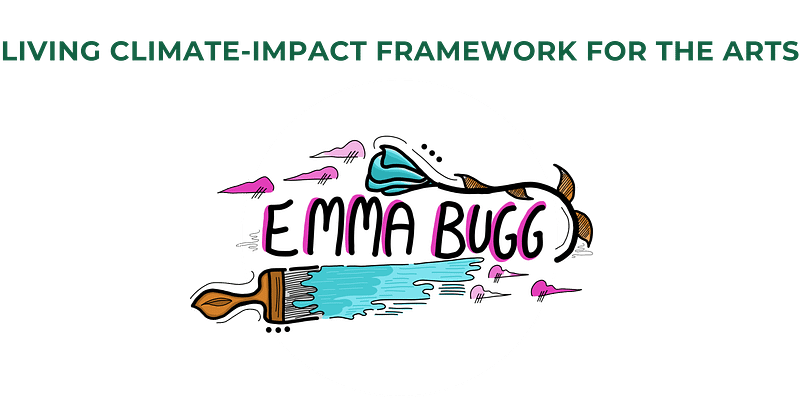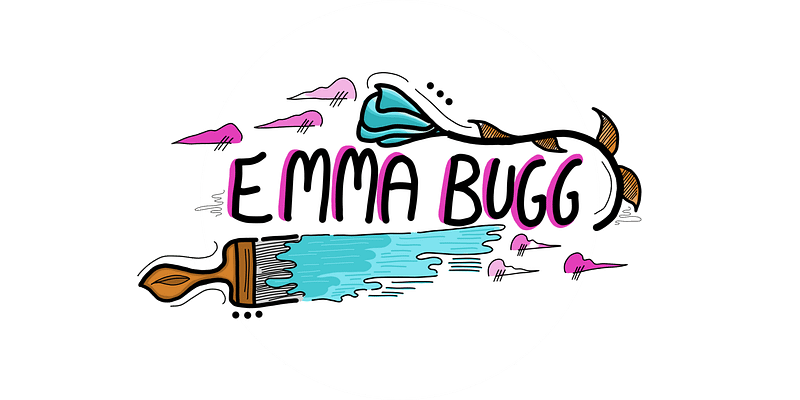
1. Why did you say yes to this experiment / use case study?
As the Artistic and Environmental Programs Manager at Caravan Farm Theatre, I co-created my role with Artistic Director Estelle Shook to explore the intersection of art and environment in the unique context we work in. Caravan Farm Theatre has been producing site-specific, land-based work since 1978, and this research project presented an opportunity to delve into articulating how our work and the ways we do it weave art and environmental consciousness. We are keenly aware of the impacts of the climate crisis in our area, and the Living Climate Arts framework offered a structured approach to explore these pressing issues and our role in engaging with them. The decision to participate was rooted in our commitment to integrating new thinking and inquiry into our organizational practices, especially during a time when the climate crisis has become a significant part of our community’s daily reality.

2. What initially resonated with you about the framework?
The framework’s range of questions, particularly those focusing on human relationships and the relational element between artists, audiences, and the land, stood out. Unlike other tools that primarily measure quantitative metrics like emissions, this framework addressed qualitative aspects, such as how artists and audiences engage with the work and the resulting shift in mindset or actions. This approach resonated with us because of our deep relationships with the land and community. It offered a way to articulate the value of the unique experiences we provide, where artists live and work on-site, and the audience engages with the environment in ways that go beyond typical theatre experiences.
3. What changes occurred by applying it, if any?
Applying the framework allowed us to ask deeper questions about our work’s impact, especially regarding audience and artist engagement with social and environmental issues. We focused on questions about creating dialogue, engaging audiences, and fostering alternative ways of being in and with nature. The insights gained from audience surveys and staff reflections confirmed the unique connection between people, the land, and community. It highlighted the importance of both the cultivated and spontaneous community-building inherent in the way we do our work, like during unexpected weather events at outdoor performances when attendees help each other and the performers stay safe. These experiences can foster a deeper sense of participation, connection and care among attendees. That kind of community building and mutual care resonates beyond the performance.
4. What did you learn (if something was learned) by applying it?
One of the most significant learnings was the verification and articulation from stakeholders of the value of shared experiences during outdoor performances. Stories of audience members helping each other during extreme weather conditions highlighted a microcosm of the community spirit we need to face the climate crisis. These interactions foster a sense of togetherness and resilience, reinforcing the importance of community in addressing larger environmental and social challenges. We also learned the importance of asking challenging questions, even those that are difficult to quantify, as they often allow us to question assumptions and can reveal the most valuable insights.
5. What might prevent an arts organization from applying it / what are the barriers to implementing the impact framework (aside from capacity)?
Aside from capacity, one of the main barriers is the difficulty in measuring qualitative aspects, such as the relational elements and long-term impact of experiences. Quantitative metrics are easier to track and report, which can make it challenging to justify the resources needed to explore these deeper questions. Additionally, there may be a reluctance to confront potentially uncomfortable truths about the effectiveness of current practices. The qualitative nature of these questions requires time and a willingness to listen and adapt, which can be challenging in an industry environment often focused on measurable outputs.
6. Why is it important (if you think it is) to encourage reflection/ assessment/ evaluation in the work of an arts organization?
Encouraging reflection, assessment, and evaluation is crucial for arts organizations because we serve the public and contribute to the cultural and social well-being of our communities. It ensures that we are responsive to the needs of our audiences and stakeholders, and it helps us maintain relevance and integrity in our work. Continuous evaluation allows us to adapt and grow, ensuring that we are effectively addressing the complex issues our communities face, including the climate crisis. It also helps to build trust and transparency with our audiences and stakeholders, reinforcing the value of our work.
7. Recommendation on what kinds of situations and/or organizations you think this framework would be useful for?
This framework is beneficial for any organization involved in arts and culture, especially those looking to integrate environmental sustainability into their practices. It can be particularly useful for organizations in rural or environmentally and economically sensitive areas, where the direct impact of the climate crisis is more apparent. However, its application is not limited to environmental issues alone; it can also help organizations explore other social and political elements affecting their communities.
8. Any implementation guidance you can offer?
Start by identifying the hardest questions you are not currently asking or are uncomfortable asking. What assumptions do you need to question? This approach will challenge you to explore new territory and gain valuable insights. Additionally, be open to support and learning without fear of judgment. It is essential to create a supportive environment where these challenging conversations can happen. Also, consider adapting the framework to include a broader range of issues beyond just environmental concerns, as environmental issues are interconnected with other social, economic and political factors. Finally, maintaining a focus on community engagement and mutual aid can help bridge the gap between operational sustainability and broader societal impact.

